Photo By: Ucok

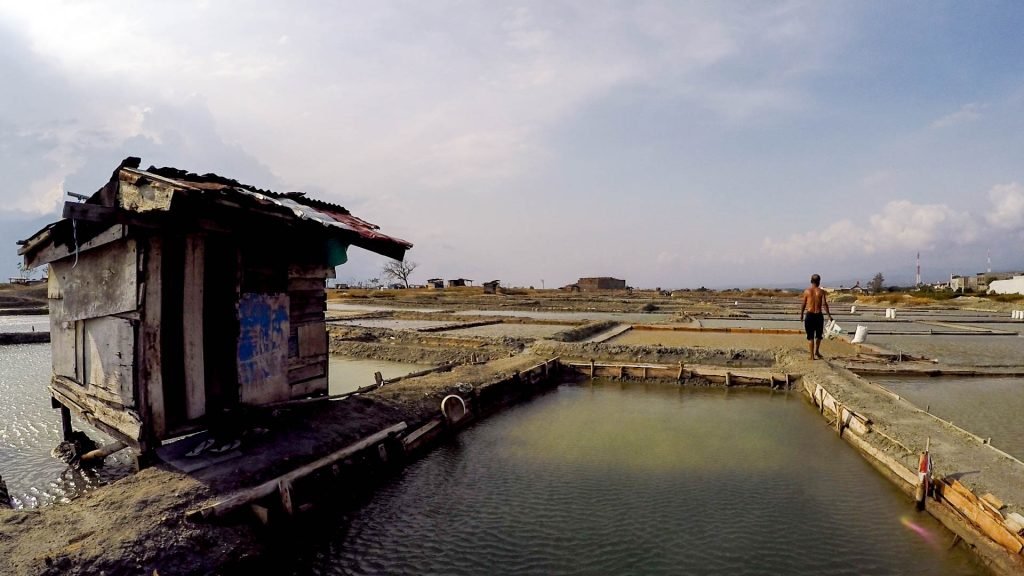
Talise Beach, on the coast of Palu, is a growing place for the capital of Central Sulawesi, namely the city of Palu. Palu is famous for its beautiful landscape of valleys, oceans, rivers, mountains, and bays.

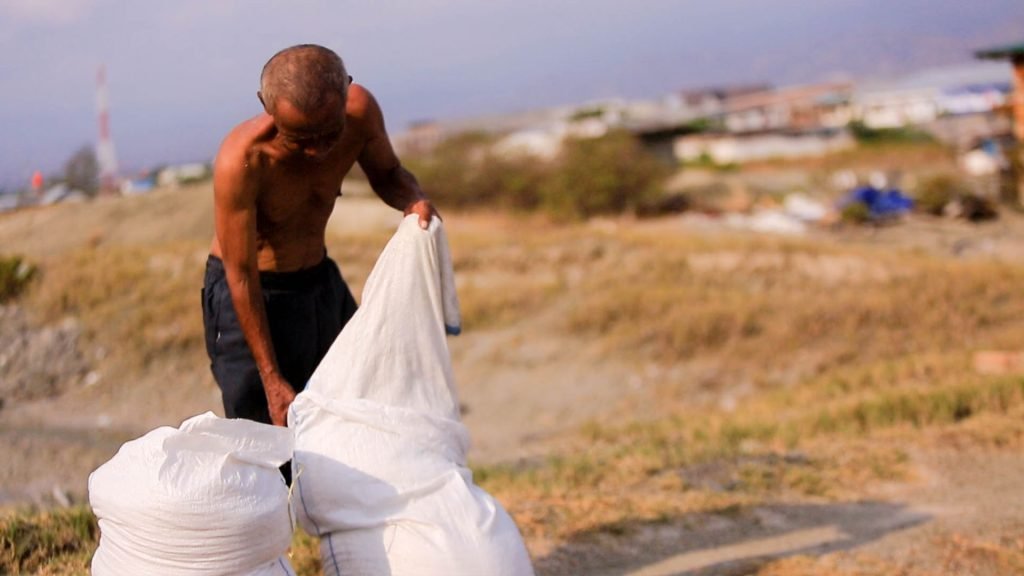
Many people in Palu City depend on the sea for their lives, including fishermen and salt farmers. Salt is an essential commodity, not only in terms of food, but salt also functions as a preservative. According to historical records, the profession of salt farmers in Palu has existed since the 17th century, as recorded in the folklore of the arrival of the Minangkabau missionary, Abdulah Ragie, with the title Dato Krama in the Palu valley.
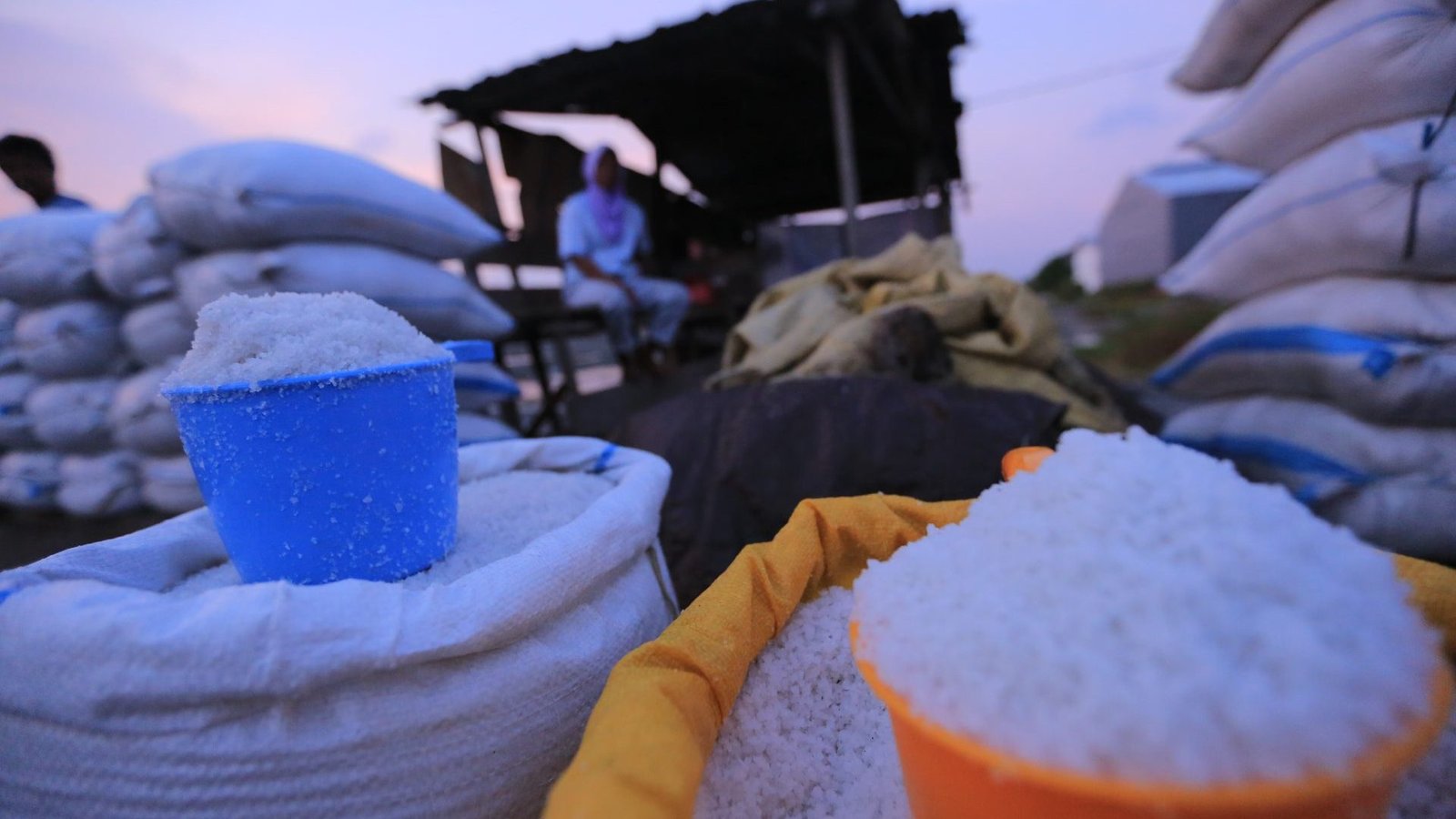
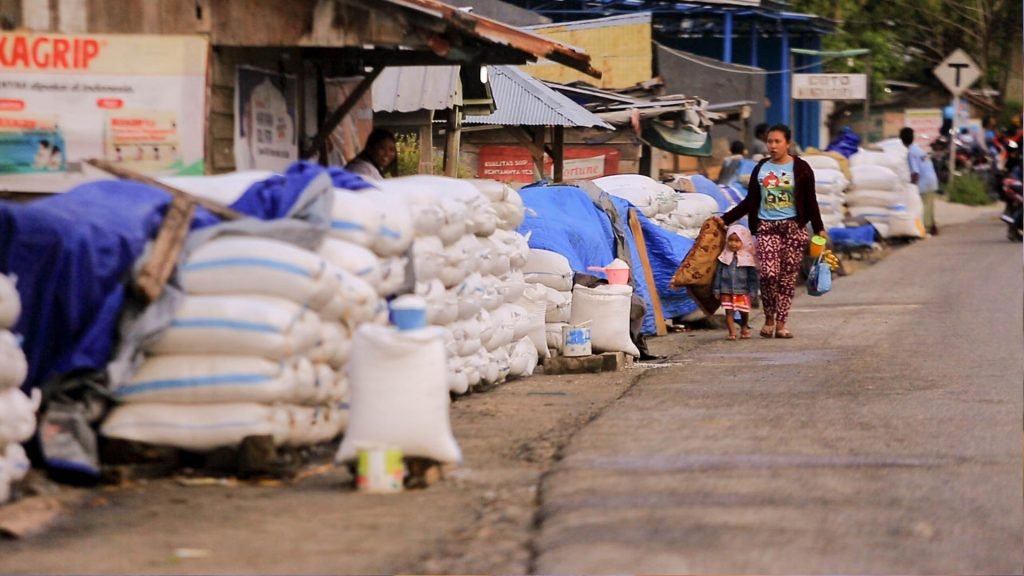
The raw material for making salt comes from seawater in Talise’s coastal waters, channeled and stored in a saltwater storage pond. Furthermore, the sea water is then aged in the water aging map to clean the salt. The following process is crystallization by drying it under the hot sun for 2 days to form salt crystals. Salt harvesting is done by collecting salt crystals, which are then collected in a container for compaction.

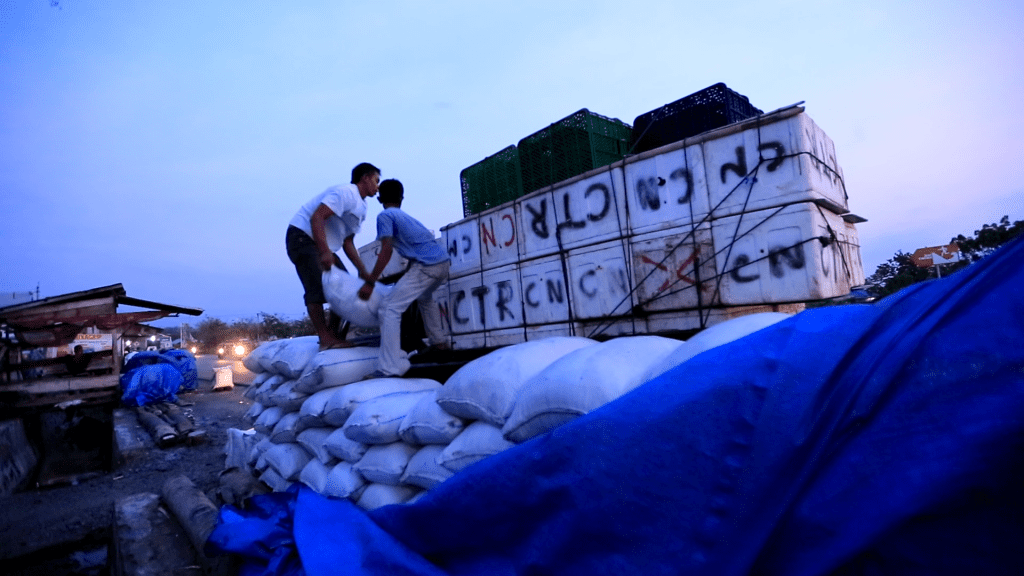
Sumiarti is a salt farmer who has inherited this business from generation to generation. Sumiarti has 6 salt ponds that produce 12 kilograms of salt per harvest. Previously Sumarti’s total yield could reach 20 sacks. The reclamation project on Talise beach threatens the sustainability of the salt farmers’ business, with the salt farmers being increasingly squeezed in urban development, especially in coastal areas. There are 18 hectares of salt ponds managed by 160 farmers trying to survive the uproar of palu coastal area development

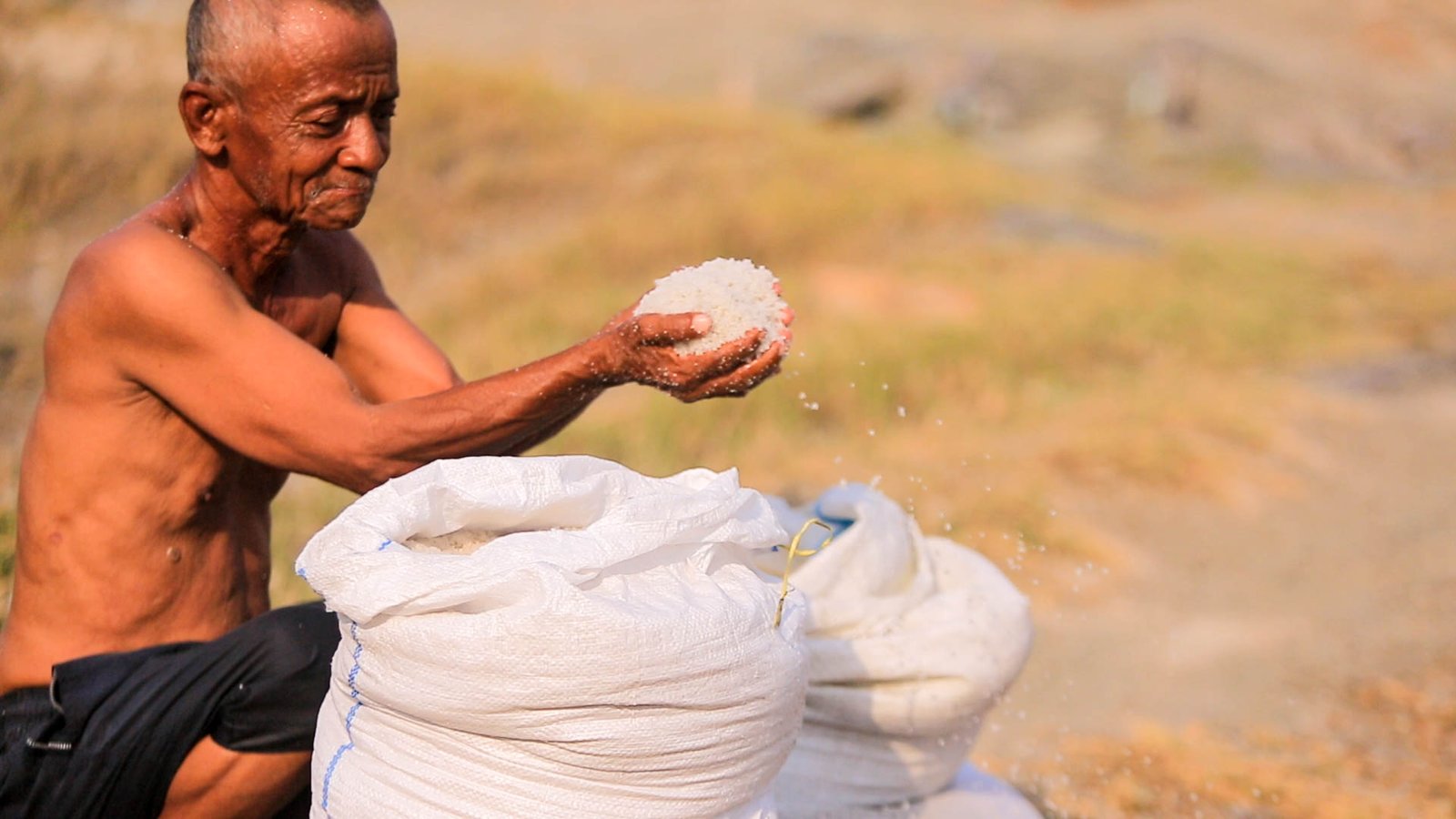
Such a great photo story!